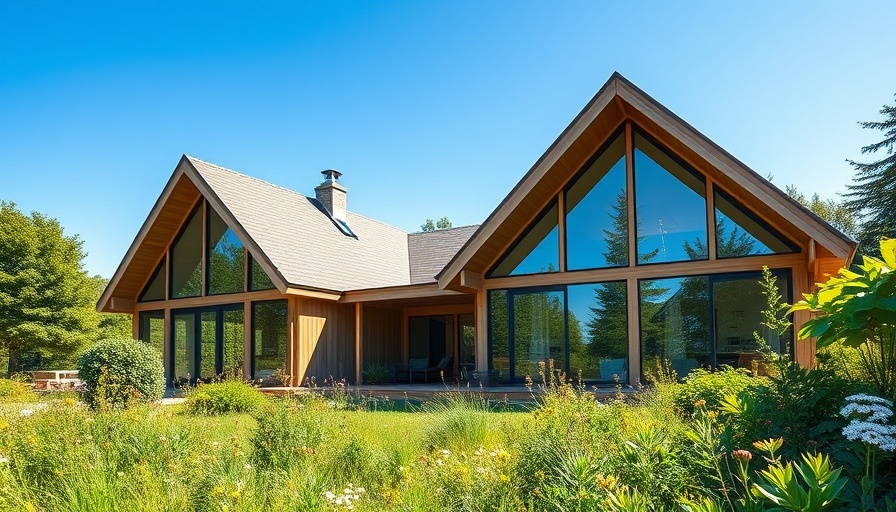
The Revival of a Frank Lloyd Wright Legacy
The recent renovation of the Green House in Palo Alto, California, highlights the importance of preserving architectural history while accommodating modern lifestyles. Originally designed by Aaron Green, a protégé of Frank Lloyd Wright, this mid-century structure has undergone a thoughtful transformation by Schwartz and Architecture, making it suitable for a contemporary family of five.
Keeping the Spirit Alive: The Design Philosophy
From the outset, Schwartz and Architecture embraced a design philosophy rooted in reverence for the original structure. The architects aimed to expand the living space without compromising the house’s unique character, committing to the principle of "First, do no harm". This guideline shaped their decisions throughout the renovation process, ensuring that changes were both functional and respectful.
Adapting to Modern Needs: A Family-Centric Approach
The owners envisioned a home suited for their dynamic lifestyle, with three children who require both space and connection. To fulfill this wish, the original structure, which measured 1,590 square feet, has been expanded thoughtfully. The added areas not only accommodate family life but also enhance the original home's traits, such as its distinctive sculptural roof and open spaces that invite interaction and engagement.
Maximizing Natural Light in Workspaces
One of the most significant changes made during the renovation was the elevation of the roofline. This strategic adjustment flooded the interior with light—a fundamental aspect of creating a comfortable workspace. For remote workers, such bright environments bolster productivity and well-being, offering an inspiring backdrop that harmonizes work and family life.
Creating Comfortable Workspaces at Home
The Green House now features a family room that was once the garage, equipped with a sunken conversation pit. This flexible space is perfect for informal meetings or brainstorming sessions, reflecting modern work habits. For digital nomads or remote workers, the environment offers both intimacy and functionality, allowing for work and family activities to coexist seamlessly.
Sustainable Living: Embracing the Outdoors
The renovation respects the surrounding landscape and encourages outdoor activities. Wide openings provide access to the outdoors, emphasizing a lifestyle that integrates nature—a crucial aspect for remote workers seeking balance between work, wellness, and the environment. Outdoor spaces can serve as an inspiring setting for outdoor offices or breaks that recharge creativity during work hours.
Conclusion: A Model for the Future of Home Design
The renovation of the Green House stands as a blueprint for future home design. It demonstrates that respecting architectural heritage while adapting to the needs of modern families can coexist beautifully. For remote workers, this home serves as a testament to the importance of ergonomics and environment in cultivating productivity and comfort.
 Add Row
Add Row  Add
Add 




Write A Comment